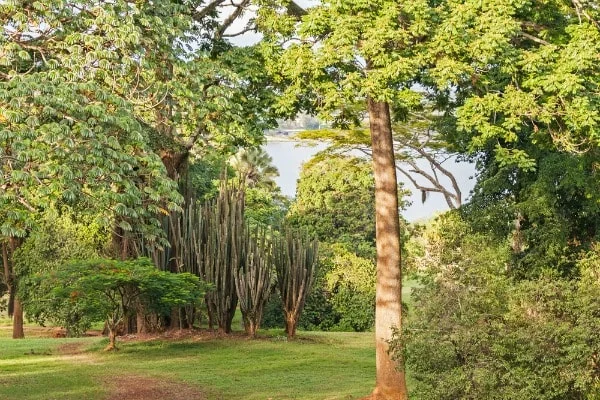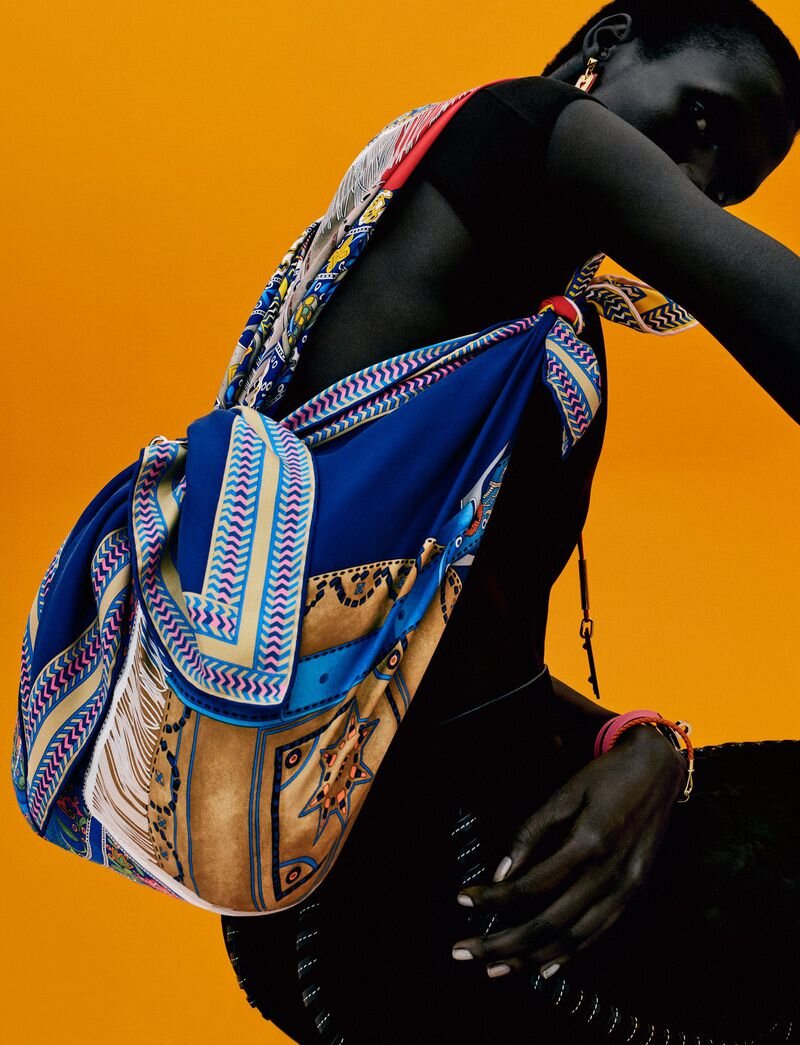How The Colonial Past of Botanical Gardens Can Be Put to Good Use
/Kirstenbosch National Botanical Garden, Cape Town South Africa specializes in indigenous plants. via Wiki
By Brett M Bennett, Associate Professor of History, University of Johannesburg. First published on The Conversation Africa.
Botanical gardens play an important role in shaping national attitudes and encouraging better human connectedness to nature.
They offer education and research opportunities that are critical to plant conservation. Visiting a garden can relieve stress and help give people a sense of place that extends to the wider region.
Scholars from a variety of disciplines have been working to understand the histories, impact and meanings of gardens to improve conservation outcomes and to build strong communities.
By learning about successful gardening initiatives, these insights can be applied to regions lagging behind in terms of developing and using botanic gardens. Historical research shows that conservation initiatives led by botanic gardens can spread to other regions, leading to positive outcomes.
There’s an uneven distribution in the world’s botanic gardens – an imbalance based on the legacies of European empire. And a significant amount of research has focused on gardens in former British colonies. These include the “who’s who” of botanic gardens: Kew Gardens in London, Kirstenbosch in Cape Town, Singapore Botanic Gardens, Royal Sydney Botanical Garden, to name a few.
Botanic gardens have changed considerably from their colonial origins. Back then most focused on economic botany and growing attractive plants. Only a few gardens, such as Kirstenbosch, focused on native vegetation.
A global change began in South Africa and Australia in the 1960s. Governments in both countries created indigenous gardens in response to end of British influence and the rise of environmentalism. These gardens paved the way for new national identities while creating greater appreciation of the floral diversity of each country.
The indigenous gardens also encouraged people to engage in indigenous knowledge and cultures. Indigenous gardening trends in both South Africa and Australia paved the way for other countries.
The Aswan Botanical Garden, also known as Kitchener’s Island or El Nabatat Island, is Egypt’s world class botanical garden that is located on an island in the Nile River at Aswan. via
Colonial history
The founders of colonial gardens believed in a philosophy I define as “ecological liberalism” because its liberal values focus on the free movement of people as well as plants. Settlers believed it was acceptable to import species into a new country so long as they did not become overly noxious to farmers trying to recreate European agriculture.
A major shift in attitudes happened in the 1960s and 1970s. Gardens created since the mid-1960s tended to highlight local indigenous species found locally or in the region and, or native flora found in the country.
South Africa and Australia helped inspire global change. In the 1960s, South Africa created a national system of indigenous botanic gardens. In 1965, Western Australia created Australia’s most significant regional indigenous botanic garden in Perth, and the Canberra Botanic Gardens, a native garden, opened in 1967.
Why did Australia and South African residents embrace gardens during this period?
Scientists believe that these gardens were created to highlight the floral diversity of these regions. This is true to a point, but this view was held by a relatively small number of botanical enthusiasts. We must remember that as late as the 1960s, the Western Australian government supported a massive expansion of wheat farms in the most diverse floral region of Australia.
Most historians have focused on environmentalism and nationalism as the main causes for the growing celebration of plants.
While each of these viewpoints is partly accurate, they do not make sense unless we recognise that human valuation of nature also changed because of the era of decolonisation.
The Entebbe Botanical Gardens are located on the shores of Lake Victoria in the Ugandan town of Entebbe, just outside of the capital Kampala.
Breaking away from Britain
South Africa’s decision to leave the Commonwealth in 1961 because of its apartheid policies, and Australia’s “abandonment” by Britain in the mid-1960s to early 1970s created a profound political and identity vacuum. A generation went from having dual loyalty to Britain and their home country to holding distinctly national identities.
This affected how people, particularly those of British ancestry, related to plants. Instead of celebrating exotics, Australian and South Africans became more passionately attached to indigenous and native plants.
To encourage stronger national and regional identity, government gardens pioneered the growing of indigenous plants. Local plants were bred and studied. When droughts hit in Western Australia in the late 1970s and in the Cape in South Africa early 1980s, people could buy seed and plants from these gardens.
A growing awareness of ecology opened the door for white migrants in Australia to recognise the knowledge of indigenous peoples who acted as environmental stewards. Today, gardens emphasise indigenous knowledge and heritage.
The ending of apartheid in 1994 finally allowed for South Africa’s botanical gardens to be racially decolonised. The South African National Biodiversity Institute, which runs national gardens, now plays a key role in transformation.
Botanical gardens not only help to preserve nature, they also help to build strong, healthy communities.

































